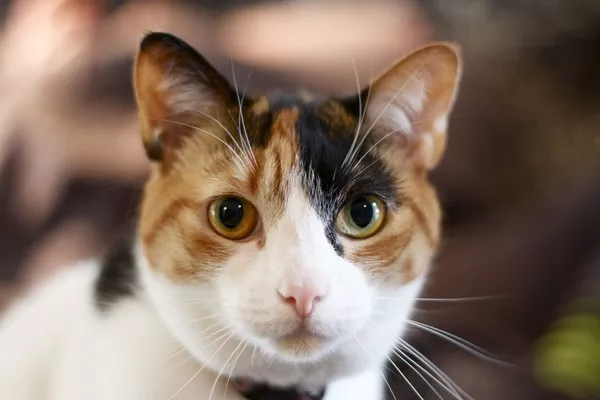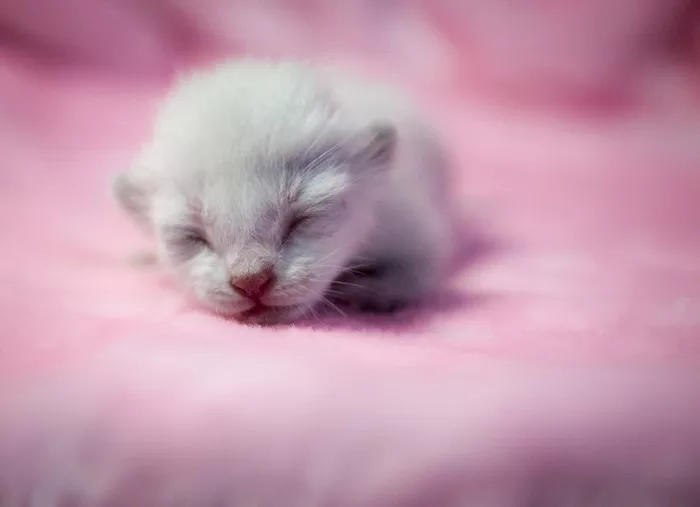Calico cats, with their distinctive tri-color coats, are not only known for their unique and eye-catching appearance but also for their charming personalities. As a proud calico cat owner, one essential aspect of caring for your feline friend is grooming. Brushing a calico cat is a key component of their overall care routine, promoting not only a lustrous coat but also a healthy and happy pet. In this article, we’ll delve into the world of calico cat grooming, exploring the significance of brushing, the right tools for the job, and how often this pampering session should take place.
Understanding Calico Cat Coats
Before we embark on the grooming journey, let’s take a moment to appreciate the beauty of calico cat coats. Calico cats boast a stunning combination of three distinct colors – white, black, and orange (or variations thereof). The patches of color are distributed across the cat’s body in a unique and often asymmetrical pattern, making each calico cat a one-of-a-kind masterpiece.
While the aesthetic appeal of calico coats is evident, it’s crucial to recognize that the lush and vibrant appearance requires proper care. Calico cats, like all felines, shed their fur, and without regular grooming, their coats can become tangled, matted, and less brilliant.
The Importance of Brushing for Calico Cats
Preventing Mats and Tangles:
Calico cat fur, particularly the long-haired varieties, is prone to matting and tangling. Regular brushing helps prevent these issues by removing loose fur and preventing it from forming clumps.
Reducing Shedding:
All cats, including calicos, shed their fur as part of the natural growth cycle. Brushing helps remove loose hair, reducing the amount of fur that ends up on your furniture and clothing.
Promoting Healthy Skin:
Brushing not only cares for the coat but also stimulates the skin. It helps distribute natural oils, keeping the skin moisturized and preventing dryness or flakiness.
Bonding Time:
Brushing sessions provide an excellent opportunity for bonding between you and your calico cat. It’s a time for affectionate interaction that strengthens the human-animal bond.
Spotting Health Issues:
Regular grooming allows you to monitor your cat’s overall health. You may notice changes in the skin, lumps, or irregularities that require attention from a veterinarian.
Choosing the Right Brush for Your Calico Cat
Selecting the appropriate brush is crucial for effective grooming and the comfort of your calico cat. Different brushes serve various purposes, catering to the unique needs of calico coats:
Slicker Brush:
Ideal for removing loose fur and preventing matting, slicker brushes have fine, short wires close together. They are suitable for both short and long-haired calico cats.
Bristle Brush:
Bristle brushes are excellent for distributing natural oils and removing loose hair. They work well for short-haired calicos and contribute to a shiny coat.
Comb:
Combs with wide and narrow teeth are handy for detangling and removing mats. They are especially useful for long-haired calico cats.
Undercoat Rake:
Designed to penetrate the dense undercoat, undercoat rakes are beneficial for long-haired calicos during shedding seasons.
Grooming Gloves:
For a more hands-on approach, grooming gloves with rubberized bristles allow you to pet and groom your calico cat simultaneously.
How Often Should You Brush Your Calico Cat?
The frequency of brushing your calico cat depends on various factors, including the length of their fur, their grooming habits, and the shedding season. Here are some general guidelines:
Short-Haired Calico Cats:
Short-haired calico cats typically require less frequent brushing. A weekly session with a slicker brush or bristle brush is often sufficient to maintain a healthy coat.
Long-Haired Calico Cats:
Long-haired calicos, on the other hand, benefit from more frequent grooming. Aim for at least two to three brushing sessions per week to prevent matting and tangles.
Shedding Seasons:
Cats, including calicos, may experience shedding seasons, typically in the spring and fall. During these periods, increase the frequency of brushing to manage excessive shedding.
Monitor Your Cat’s Needs:
Pay attention to your calico cat’s grooming habits and the condition of their coat. If you notice matting or increased shedding, adjust the grooming frequency accordingly.
Introduce Grooming Gradually:
If your calico cat is not accustomed to grooming, introduce the process gradually. Use treats and positive reinforcement to create a positive association with brushing.
Tips for a Successful Grooming Session
Create a Calm Environment:
Choose a quiet and comfortable space for grooming to minimize stress for your calico cat. Ensure that the atmosphere is calm and relaxed.
Start Slowly:
If your cat is new to grooming, start with short sessions and gradually increase the duration as they become more comfortable.
Use Positive Reinforcement:
Reward your calico cat with treats and praise during and after grooming sessions. Positive reinforcement creates a positive association with grooming.
Check Ears, Eyes, and Teeth:
Grooming sessions are an excellent time to check your cat’s ears, eyes, and teeth. Look for signs of redness, discharge, or dental issues that may require attention.
Consult a Professional Groomer:
If you find grooming challenging or if your calico cat has a particularly thick or long coat, consider seeking the services of a professional groomer.
Conclusion
Brushing your calico cat is a loving and essential aspect of their care routine. It not only maintains the beauty of their tri-color coat but also contributes to their overall well-being. By choosing the right tools, establishing a regular grooming routine, and being attentive to your cat’s needs, you can ensure that your calico companion enjoys a healthy, shiny, and mat-free coat. Embrace the grooming process as a bonding experience, strengthening the special connection between you and your beloved calico cat.



























